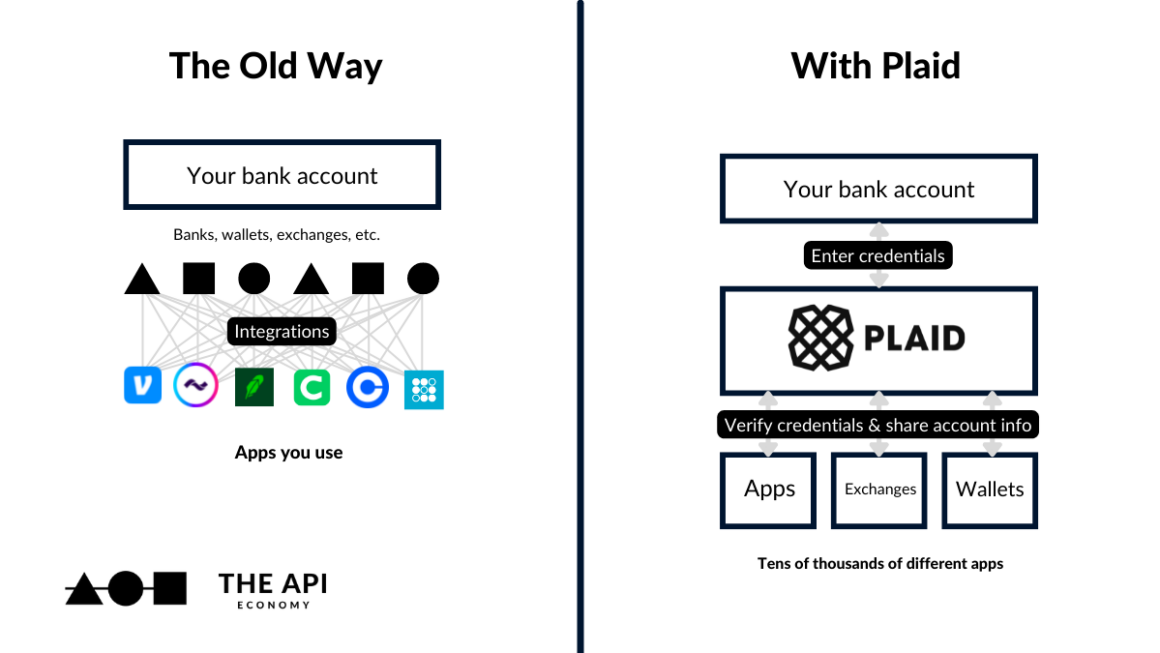When Microsoft dropped $7.5B to acquire GitHub, it wasn’t just buying a code repo. It was investing in developer love — and sending a clear signal: in today’s tech ecosystem, developers aren’t just users. They’re power buyers.

They’re also increasingly the deciders, or at the very least, the deal-breakers. Want proof? Look at the billions companies have spent to win this audience:
- IBM bought RedHat for $34B
- Twilio snapped up SendGrid for $2B
- Salesforce acquired Heroku (way back in 2011!) for $250M
- Stripe, Atlassian, and AWS built empires by focusing squarely on developer productivity
So what’s the playbook? How do B2B companies build for a buyer who doesn’t care about your pricing deck — but really cares about your API docs?Let’s talk about DX — Developer Experience — and why it might be the most important GTM motion you’re not investing in (yet).
Every Company is a Tech Company (Yes, Even Pizza Chains)
Years ago, I read a piece that said, “Every company will become a tech company.” At the time, it sounded like a stretch. Today? It’s obvious.
Success in any industry — from logistics to lattes — now hinges on a strong digital backbone. Just ask Domino’s, which famously pivoted from “pizza chain” to “tech company that delivers pizza.”
🗣️ “We are as much a tech company as we are a pizza company.”
— J. Patrick Doyle, former Domino’s CEO
That shift wasn’t just about mobile apps or tracking delivery drivers. It was about rethinking operations, customer experience, and innovation velocity — all powered by software.And it reflects a broader truth: developers aren’t just writing code anymore — they’re shaping product direction, customer experiences, and vendor selection.
Why Developer Experience is Now a Business Strategy
In a world of infinite SaaS tools and open APIs, product differentiation is temporary. What lasts?
- Speed: The ability to innovate quickly
- Scale: The infrastructure to support that innovation
Both are driven by developers. Which is why, more than ever, developers have a seat at the buying table — even if they’re not holding the budget.
If you’re selling into modern businesses, your product will be vetted by engineering teams. And those teams will ask: How easy is it to plug this in? Automate it? Scale with it?
The 3 Foundations of a Great Developer Experience
Let’s break down what B2B companies need to invest in if they want to win developer mindshare (and wallet-share):
1. Automatability: Your Platform Should Be Scriptable

Modern developers are building fast, integrating faster, and living in CI/CD pipelines. If your product can’t plug into that world, you’re already a step behind.
Modern developers are building fast, integrating faster, and living in CI/CD pipelines. If your product can’t plug into that world, you’re already a step behind.
That means:
- Exposing capabilities via robust APIs, CLIs, and Terraform modules
- Supporting infrastructure as code workflows
- Providing clear sandbox environments and reference implementations
✨ Example: Stripe’s early growth was fueled by developer-first docs and code samples that made integrating payments feel… dare we say, fun. That ease of automation helped them eat PayPal’s lunch.
2. Speed of Operations: Don’t Be the Bottleneck
Developers are under pressure to move fast. So if your product slows them down — whether through clunky APIs, slow support, or overly manual processes — you’ll lose them.
Audit your:
- API response times and uptime
- Support SLAs (do you offer dev-to-dev support?)
- Internal processes that block quick onboarding or experimentation
Yes, some of this comes down to org culture and legacy tech. But removing friction here often unlocks the biggest loyalty wins.
3. Self-Service Everything: Docs, Sandboxes, and Dev Portals

Developers don’t want to “talk to sales.” They want to build.
That means they need:
- Clear, use-case-driven documentation
- Easy access to test credentials, SDKs, and error logs
- A thriving community (forums, Slack, GitHub repos) to learn from
If your onboarding requires a 30-minute demo call, you’ve already lost half your audience. Invest in tools and content that let developers succeed without needing to ask for help.
The Real Moat: Developer Trust and Advocacy
You can’t fake great DX. Developers are quick to call out fluff — and even quicker to promote products that “just work.”
That’s why companies like Twilio, Notion, and Datadog invest heavily in:
- Developer advocacy teams
- Public roadmaps and changelogs
- Transparent, responsive feedback loops
Great DX builds trust. Trust builds word-of-mouth. And in the developer world, that’s your most valuable growth engine.
Wrap-up:
DX isn’t a nice-to-have anymore. It’s a core growth lever for any B2B company operating in a world where developers drive decisions.
So ask yourself:
If a developer hits your homepage today, can they start building — or do they bounce?
If it’s the latter, it might be time to invest in DX like your business depends on it.
Because these days? It probably does.



